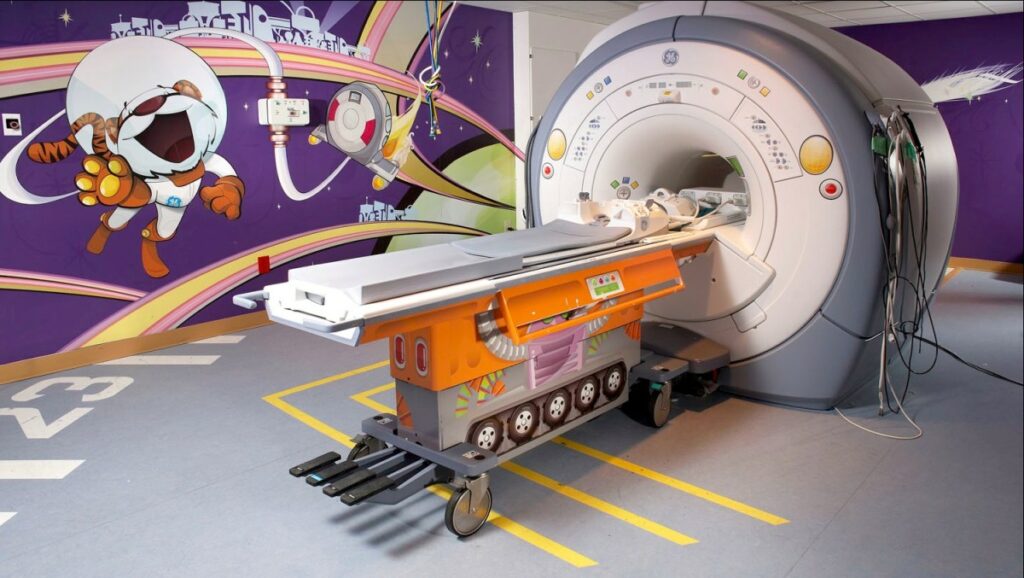Design Thinking: the innovation focused on the user
Developed in Stanford University in 70’s, Design Thinking is a methodology to solve problems approaching to the solution keeping the focus on the user’s needs. Thus, with Design Thinking real user’s needs are pretended to be solved through creativity and innovation.
The basis of Design Thinking are:
- Empathy. Probably the most important word in the entire process. It’s crucial to understand the user need.
- Collaboration. Multidisciplinar teams provide different point of views to approach the solution.
- Experimentation. Bring the ideas to reality and test them in the field allow verifying wether the created product may satisfy or not the user’s need.
The process in Design Thinking is divided in the following five iterative stages:
Empathize
Learn from users until you get a fully understanding from them. Some of the techniques are:
– Observation
– Customer journey (from need to purchase)
Define
Analyze your empathize study. Synthesize and determine the state of the user’s needs. Here you can get a POV of the solution.

Ideate
Find potential solutions. Just one appointment: there is no restrictions, let your mind fly!
In order to develop the group creativity brainstorming, brainwriting or (even better) ideation sessions may be taken place.
Prototype
Bring the idea to reality, and try to do it as fast as possible.
Test
Here is the moment to answer to:
- Is the problem solved?
- Is there anything to improve?
As an iterative process, once we got to the Test stage, a jump to the first one (Empathize) is required, always keeping the focus in the user.
This methodology for development is extensively used worldwide. Its greatest exponent and defender, Tim Brown, applies it fully to his Companies (e.g., IDEO).
Pittsburgh children’s hospital altered the children’s MR scanner by using paintings and storytellings for providing the patients a quite better experience (see picture below). This is a great example of Design Thinking successfully application.


Design Thinking, Innovation, User
